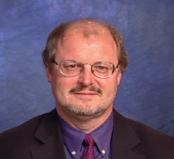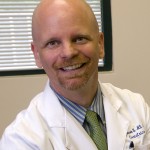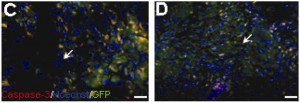Today is World Alzheimer’s Day 2009 and Emory’s Alzheimer’s Disease Research Center is part of an effort nationwide to address this disease through research and state-of-the-art care for patients.
Allan Levey, MD, PhD, chair of Emory’s Department of Neurology and an Alzheimer’s researcher and clinician, says millions of baby boomers are entering late adulthood and experts expect the number of patients with Alzheimer’s disease to increase drastically over the next several decades. Prevention and early detection are extremely important, he says.
Emory’s Center is a National Institute on Aging funded center focused on clinical trials and research for Alzheimer’s disease. It is the only comprehensive program in Georgia and one of only 32 nationwide.
Levey, who directs the Center, offers the tips for good brain health:
Stay socially active
Remaining socially engaged in activities that stimulate the mind and body can reduce stress levels and help maintain healthy connections among brain cells.

Stay active, say experts
Be physically active
Exercising your body regularly is vital for maintaining good blood flow to the brain and encouraging the growth of new brain cells.
Stay mentally active
Your brain needs mental stimulation to allow it to function at its peak. Research shows that keeping the brain active helps increase its vigor and may strengthen brain cells and the connections between them, and may even generate new ones.
Protect your head
Injury to the head can increase your risk of dementia as you get older. Make sure you wear a helmet when you ride a bike, skate, ski or engage in any activity where you may injure yourself.
Eat brain healthy foods
The brain, like the heart, needs the proper balance of nutrients, including protein and sugar, to optimally function. According to current research, certain foods appear to protect brain cells so increase your intake of these protective foods.
Levey says scientists are finding more clues that high blood pressure, high cholesterol and diabetes may increase a person’s risk of getting Alzheimer’s disease. He says to keep your weight in a healthy range, lower your cholesterol if it is high and maintain control of your blood glucose and blood pressure.






 Prairie voles are small, highly social rodents that often form stable, life-long bonds between mates. In the wild, there is striking diversity in how offspring are reared. Some pups are reared by single-mothers, some by both parents (with the father providing much of the same care as the mother) and some in communal family groups.
Prairie voles are small, highly social rodents that often form stable, life-long bonds between mates. In the wild, there is striking diversity in how offspring are reared. Some pups are reared by single-mothers, some by both parents (with the father providing much of the same care as the mother) and some in communal family groups.



